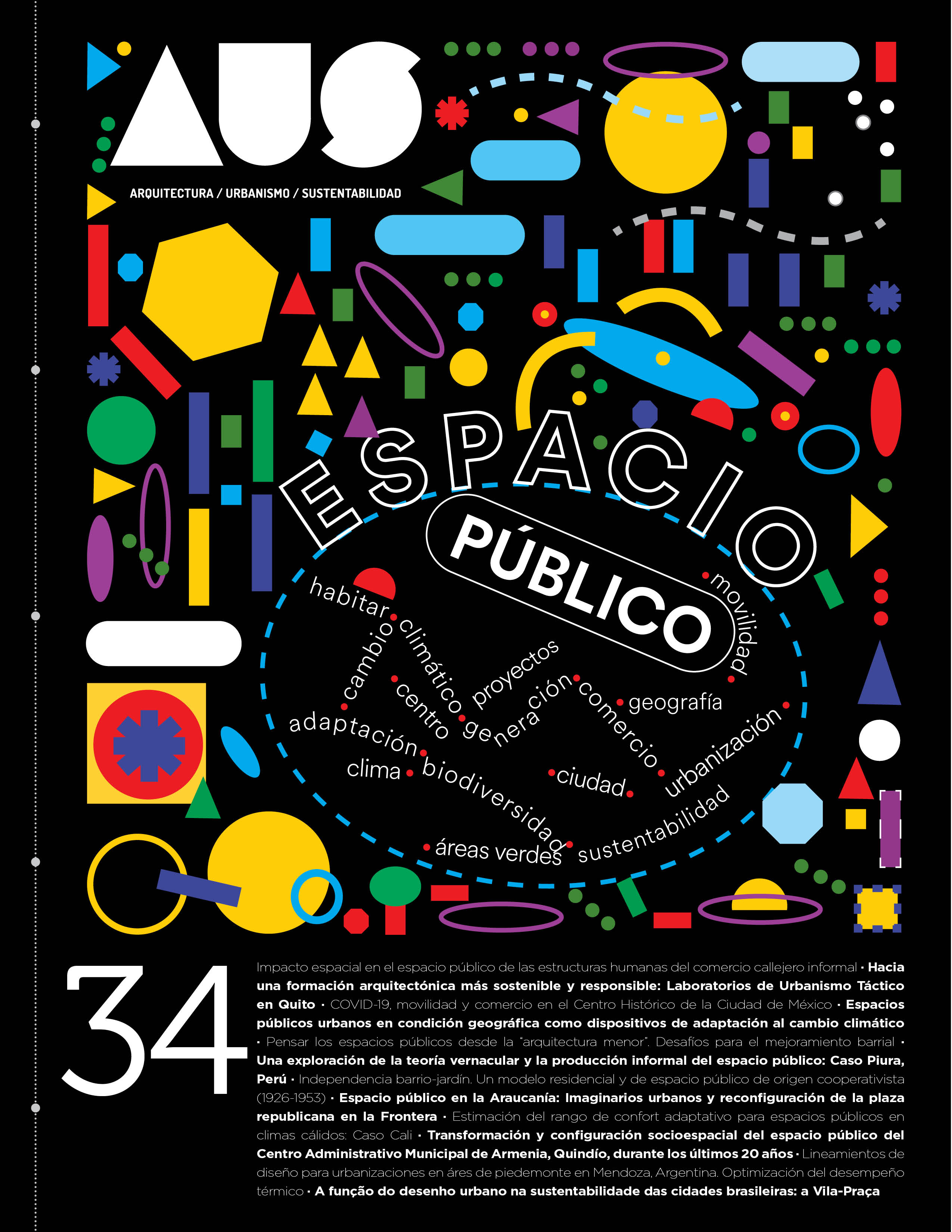Design Guidelines for Urbanizations on Foothill Areas, Mendoza, Argentina: Thermal Performance Optimization
Main Article Content
Abstract
The development of urbanizations called "barrio parque" (park neighborhood) –single-family houses with ample green spaces– on foothill areas lead to weather and environmental changes in the territory. Their design, focused on the landscape aspect, does not respond to the requirements of the foothill área (Piedemonte) of Mendoza, Argentina. The particular characteristics of the area require strategies that consider a development adapted to its biophysical conditions in order to optimize its microclimatic behavior and improve the habitability of outdoor public spaces, mitigating the environmental impacts of urbanization. This article proposes and assesses different design options associated with the use of forestation as a shading strategy to reduce heat accumulation on public space surfaces. The proposal –which includes boulevards with low sun permeability species– proves to have greater termal efficiency, reducing the maximum temperature by 3.5°C, the minimum by 1.5°C, and the average by 2.5°C.


 https://orcid.org/0000-0001-8240-4559
https://orcid.org/0000-0001-8240-4559